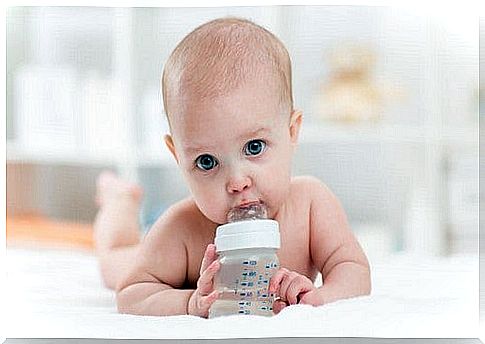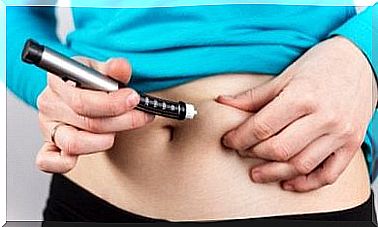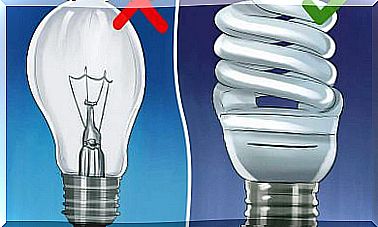Bronchiolitis In The Newborn: What To Know?

The autumn and winter seasons in some ways worry both families and health professionals because they are accompanied by an increase in cases of respiratory diseases. Among these there is also bronchiolitis in the newborn.
The younger the child who contracts bronchiolitis, the more worrying the picture will be. In the following lines we describe this condition in detail.
Bronchiolitis in the newborn
Bronchiolitis is a disease of the respiratory tract that occurs when the bronchioles (the final and smaller part of the bronchi) become inflamed due to an infection usually of viral origin.
As a result, these small channels exhibit edema and increased secretions, which can lead to difficulty in breathing.
Based on currently available data, the onset of bronchiolitis is more common in infants under one year of age and accounts for 18% of all pediatric hospital admissions.
Most cases are due to respiratory syncytial virus (RSV), but infection can also be caused by adenovirus and the flu virus.
What are the most common symptoms?

After a short incubation period, manifestations similar to those of the common cold may appear . We refer to sneezing, watery nasal discharge, cough and moderate fever.
Gradually the cough will become more insistent, and what seemed like a trivial clinical picture gets worse. Thus, short temper, refusal of food, increased rhythm and difficulty in breathing can arise.
The latter, with increasing intensity, generally reaches its peak within 24 or 48 hours, a phase in which the greatest number of hospitalizations usually takes place. From this moment there will be a gradual improvement.
Some interesting data
As reported by Dr. Maria Luz Garcia Garcia of the Department of Pediatrics of the Severo Ochoa University Hospital, Alfonso X El Sabio University (Madrid):
What to do in the presence of the first symptoms of bronchiolitis in the newborn?
It is essential to remain calm, so that you can act in the best way. Similarly, it is necessary to ensure proper hydration to the newborn, in order to favor the fluidification of secretions.
It should be remembered that in some cases the agitation and the increase of the respiratory rate involve the consumption of liquids in small sips and more frequently.

Dr. Ana M. Balanzat, head of the Department of Pediatrics at the Clinical Hospital of Buenos Aires (Argentina), states that:
The lack of oxygen in the blood and tissues, together with the accumulation of carbon dioxide, can endanger the life of the little patient. “In these cases, hospitalization with oxygen administration is necessary,” explains the doctor.
Finally
In case of bronchiolitis in the newborn it is important to consult the doctor as soon as possible, so that he can proceed to a correct evaluation of the health conditions of the baby. The professional will check the baby’s breathing and hydration status, and will also measure his / her temperature.
Smoke and particularly polluted environments must be avoided. As indicated in a study published in the medical journal BMH Open , “ when exposed to air pollution, tobacco consumption causes further loss of lung function and aggravates respiratory symptoms.”
Finally, it is advisable to subject the child to periodic medical checks once the therapy has been established to avoid possible complications. This phase is also important to know the prognosis.









